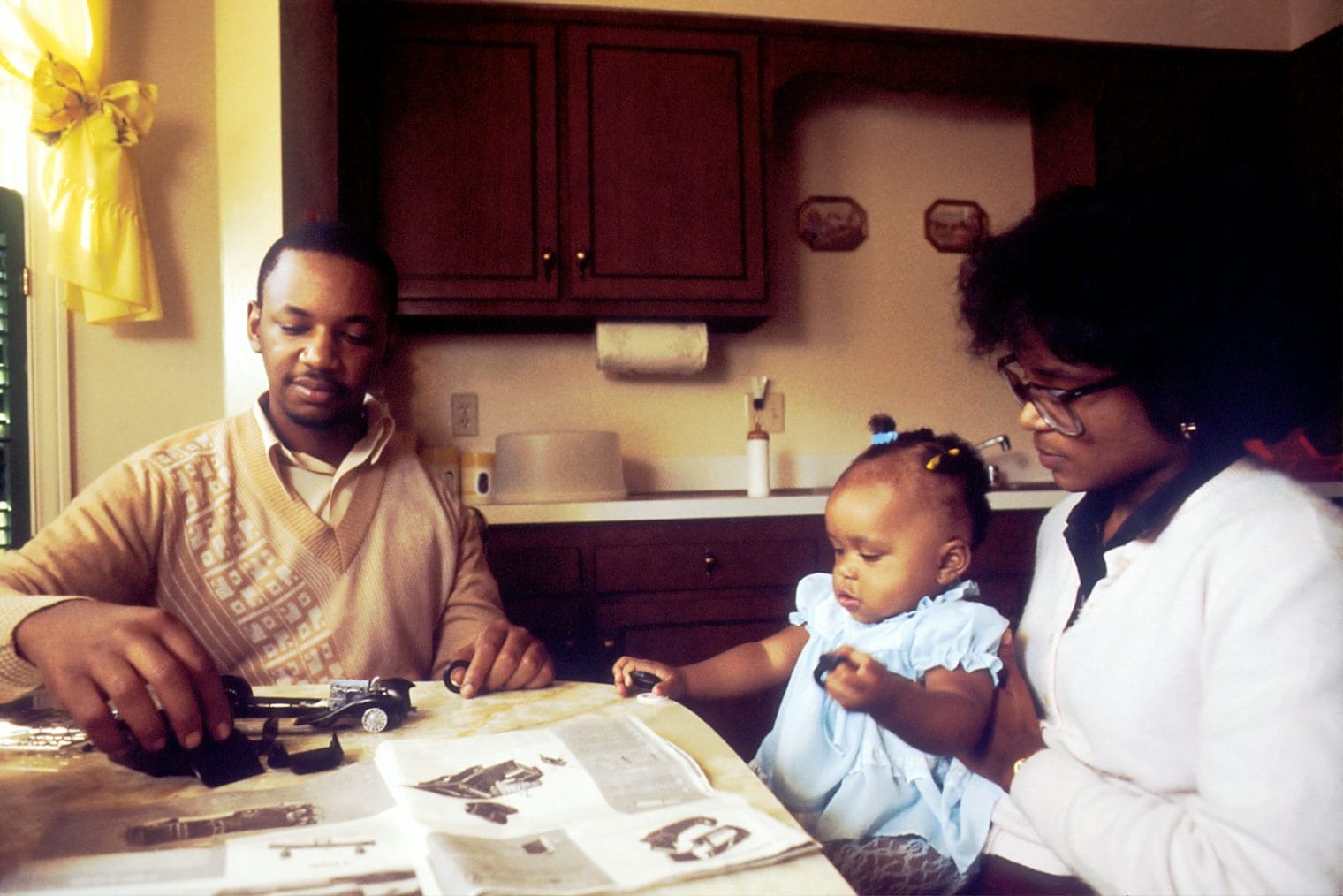Growing up requires us to learn how to tolerate disappointments in life, but many parents feel responsible for shielding their children from experiences they consider too upsetting.
You may feel guilt, embarrassment, pain or discomfort, shame, or other negative emotions if you know that you are the reason your child is now whining, crying, yelling, begging, or otherwise acting out. This has led to a rise in helicopter parenting as well as children who struggle, argue, or withdraw when they lose a game, get a poor grade, or hear the word “no”.
“No” is a loaded word, but it is one that we will hear countless times throughout life – we experience rejection and boundaries with peers, jobs, academics, romantic partners – house sales fall through, plans change, life happens.
As a caregiver, you have more power than you think to help your child learn to navigate emotionally challenging situations and give them a healthy outlook on life’s tougher moments. You can also learn to feel more comfortable and confident setting and enforcing limits with your child.

Here are 5 things you can do to establish and maintain limits while avoiding unnecessary power struggles and outbursts.
-
Be specific.
- Telling a child to “stop it” (or “don’t do that”, or any other vague reprimand) is significantly less effective than telling them what they should do instead. We are wired to follow directions that have a definitive correct answer. Instead of saying: “stop whining!”, try “try again in your big kid voice” or “ask me again nicely”. If your infant is hitting, help them understand “gentle hands”. Kids bouncing off the walls? “I need you to have a calm body.” Make sure to meet cooperation with praise or acknowledgment. “Thank you for listening” can go a long way.
-
Give choices between 2 available alternatives.
- Perhaps your child’s lost a favorite toy or has asked for something they really want, but absolutely cannot have (a trip to Disneyland on a whim, for example). This scenario leads to power struggles in which the adult repeatedly says “no” while their child continues to ask, each usually becoming more and more upset. Instead of getting pulled into an argument, suggest two other choices.
“Let’s go outside or watch a cartoon instead, which one would you like to do?” “Oh, this store doesn’t have Honey Nut Cheerios, so you can choose Lucky Charms or Chex.” Tip: avoid asking yes/no questions here, as you’re likely to get a “no” answer. Do: offer x or y simultaneously. Don’t: ask “do you want x?”
- Perhaps your child’s lost a favorite toy or has asked for something they really want, but absolutely cannot have (a trip to Disneyland on a whim, for example). This scenario leads to power struggles in which the adult repeatedly says “no” while their child continues to ask, each usually becoming more and more upset. Instead of getting pulled into an argument, suggest two other choices.
-
Try saying yes instead.
- This might sound crazy, but you can actually say “no” without saying the word “no”. If your child is upset because they cannot have or do something right now, try telling them when they can have or do the thing they want. Children generally do not develop the ability to ask “when”, “how”, and “why” questions until they are between 3 and 5 years old, so you can help out by simply offering the information they need. Here’s how it usually goes: “Can I watch Thomas?” “No.” “But whyyyyyy?!” “I said no.” “NOOOOOOO!”. Contrast with this: “Can I watch Thomas?” “Yes, after you finish your snack.” (or “first eat your snack, then you can watch Thomas.”) (This is called Grandma’s Rule, or the Premack Principle, in behavioral psychology. A child is given a reasonable requirement to complete before they’re allowed to access something rewarding.)
-
Avoid a power struggle.
- If you’re committed to staying firm on a boundary, your child may argue, talk back, negotiate, distract you with off-topic conversation, or otherwise start a push-and-pull interaction with you. As the adult in the situation, you must remain calm – do not allow the misbehavior to frustrate you. If frustration or anger begin to bubble up, take a deep breath and remove yourself from the situation until you’re calm again. (Getting a drink of water is a great way to put space between you and any negative feelings.) The only way to “win” this game is not to play at all. Keeping your composure communicates to your child that you won’t be changing your mind — and nobody really likes yelling at their kids, anyway. Try redirecting instead.
-
Think carefully before you answer.
- Have you ever said “no”, only to change your answer and give in when your child misbehaves as a result? If so, congratulations, you are a typical parent! Everyone is subject to getting worn down, but the more consistent you are with your word, the better your child will understand that “yes means yes and no means no.” You can accomplish this by taking a moment to consider your child’s request before you say yes or no. Make sure you mean what you say and are willing to stick to it. Children crave this sort of structure and predictability, and you can build trust by following through.
Children’s behavior changes when adults’ behavior changes. Try incorporating one or more of these simple tweaks and let us know in the comments how they’re working for you!
Caitlin Ryan Marcus, MA, BCBA





Leave a Reply